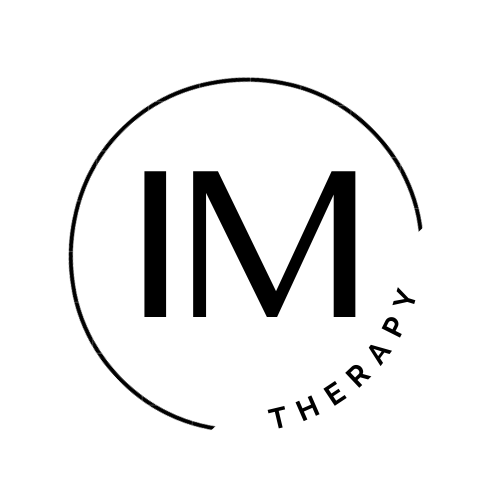Cerebrovascular accident, which is also known as cerebral infarction, or stroke, can affect people in a variety of ways including, among other things, difficulty with vision, walking, or use of hands. After a stroke, one may also experience difficulties related to speech, language, cognitive-linguistic skills, or swallowing–each person’s deficits after a stroke can vary tremendously from that of another person. Even two individuals who have experienced a cerebrovascular accident in similar areas of the brain may have vastly different deficits and new challenges with which they need to contend.
In coordination with the medical team, SLPs that are well-versed in medically-based speech language pathology can be vital in helping meet the speech, language, cognitive-linguistic skills, or swallowing needs of those who have experienced neurological changes that now impact daily functioning in these areas. After a thorough evaluation that encompasses all potentially affected areas, SLPs design highly-individualized functional treatment plans that help to address each patient’s deficits.
To address any potential safety issues identified by the SLP, he or she will make specific recommendations to promote safety. To ameliorate communication difficulty, the SLP typically attempts to find a reliable form of communication between the patient and his or her family and/or caregivers. To address diagnosed or suspected swallowing issues, SLPs provide parameters to help prevent complications related to swallowing. This is even true for patients who are not feeding orally when first encountered by the SLP. After addressing the immediate needs of each patient, the SLP starts to implement the functional treatment plan that is tailored to meet each patient’s needs.
A well-designed therapy program provided by an SLP should be functional, patient-centered, target-driven, adaptable, and along a continuum or hierarchy of sorts.
- Functional: All therapy goals should be designed to target improved functioning in the patient’s area(s) of difficulty
- Patient-Centered: the SLP should choose materials that are motivating, meaningful, and designed to keep the patient engaged
- Target-driven: the SLP and the patient should keep the short term and long term therapy targets in sight–progress toward those goals and challenges should be discussed often
- Adaptable: therapy should be adaptable to minimize patient frustration and to maximize patient benefit from the skilled intervention (see Continuum/Hierarchy)
- Continuum/Hierarchy: some things are easier than others; specific therapy targets should increase or decrease in complexity as needed; patient assistance should increase or decrease as well–patients may need lots of help with certain tasks but not so much with others
As you know, SLPs provide a highly skilled service that accounts for differences in each patient’s current status as well as his or her changing needs. If you or someone you know needs the services of a licensed and certified speech-language pathologist, please be sure to discuss your concerns with a physician, a speech-language pathologist, or another qualified provider. You can also find a provider through the ASHA ProFind service or visit us at www.bilingualspeech.org for more information. NOTE: This article is intended only as a general source of information, i.e, it is not intended to replace information given to you by a qualified health professional that is familiar with your particular circumstances. If you have an urgent medical need, please seek immediate medical attention.

